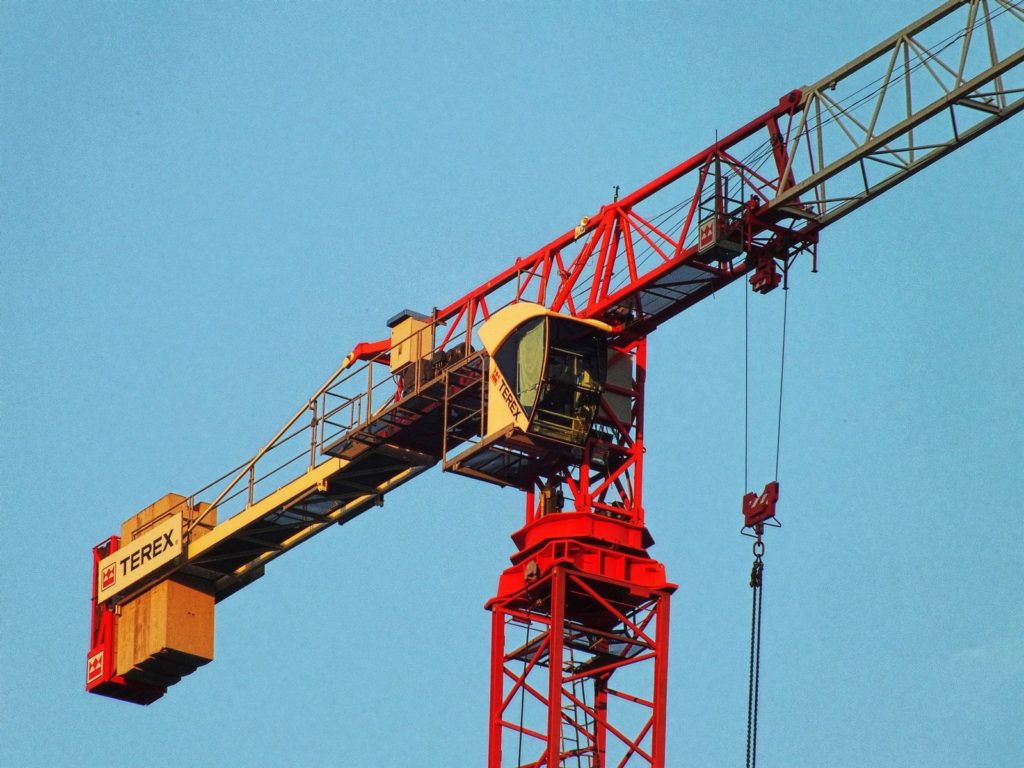On a grey day on Wearside, the biggest building at Liebherr Sunderland Works looms out on the shoreline like some giant shoebox.
It looks to have the ideal dimensions for making cranes, which is what this unit of Switzerland’s Liebherr Group has been doing there for 20 years,
But its original use was for shipbuilding, and the availability of welders, fabricators, platers, fitters and electricians from that declining sector was one of the attractions for Liebherr when it established the company in 1989, says Ralph Sälzer, managing director.
Other reasons were the availability of official support at regional and city level, and access to port facilities. Also, in the boom days of the UK offshore oil industry, high local content was required by the government in the cranes for oilrigs, ships or quayside work in that industry.
These are what the site produces – normally 150 to 170 a year. says Mr Sälzer, although the record was 180 in 2008.
All but the occasional crane for the North Sea is exported, says Mr Sälzer, and South Korea and China are the big export markets, with India and Brazil growing well. It is a long way to transport a crane but customers are prepared to pay for Liebherr’s quality.
“It was hard work at the beginning,” says Mr Sälzer, speaking of the early days of the Sunderland plant. “But we are still here, and we wouldn’t be here if the quality wasn’t there, or productivity didn’t reach expectations.”
One issue in more recent years has been skill shortages in the very areas that brought it to the former shipyard at Ayres Quay in the first place. Since 2002 when Mr Sälzer arrived in Sunderland, those welders, platers and electricians that the region still produced would find higher-paid work at shipyards elsewhere, and the company could not interest either the government or local colleges in an apprentice scheme. Its solution during 2004 and 2005 was to bring in Polish workers. From 2005, however, the government’s mindset towards apprentice schemes changed, says Mr Salzer, and there is now a scheme in place. Skill levels are boosted by exchange visits of workers involving sister plants in Europe.
The plant now carries the torch for heavy engineering in Sunderland virtually single handed, following the closure in 1998 of the Coles Cranes factory with the loss of 670 jobs.
Not that Liebherr is that big, Mr Sälzer admits: the workforce has peaked at about 220 in recent times and is now 200, while annual revenues are about €56m ($78m).

